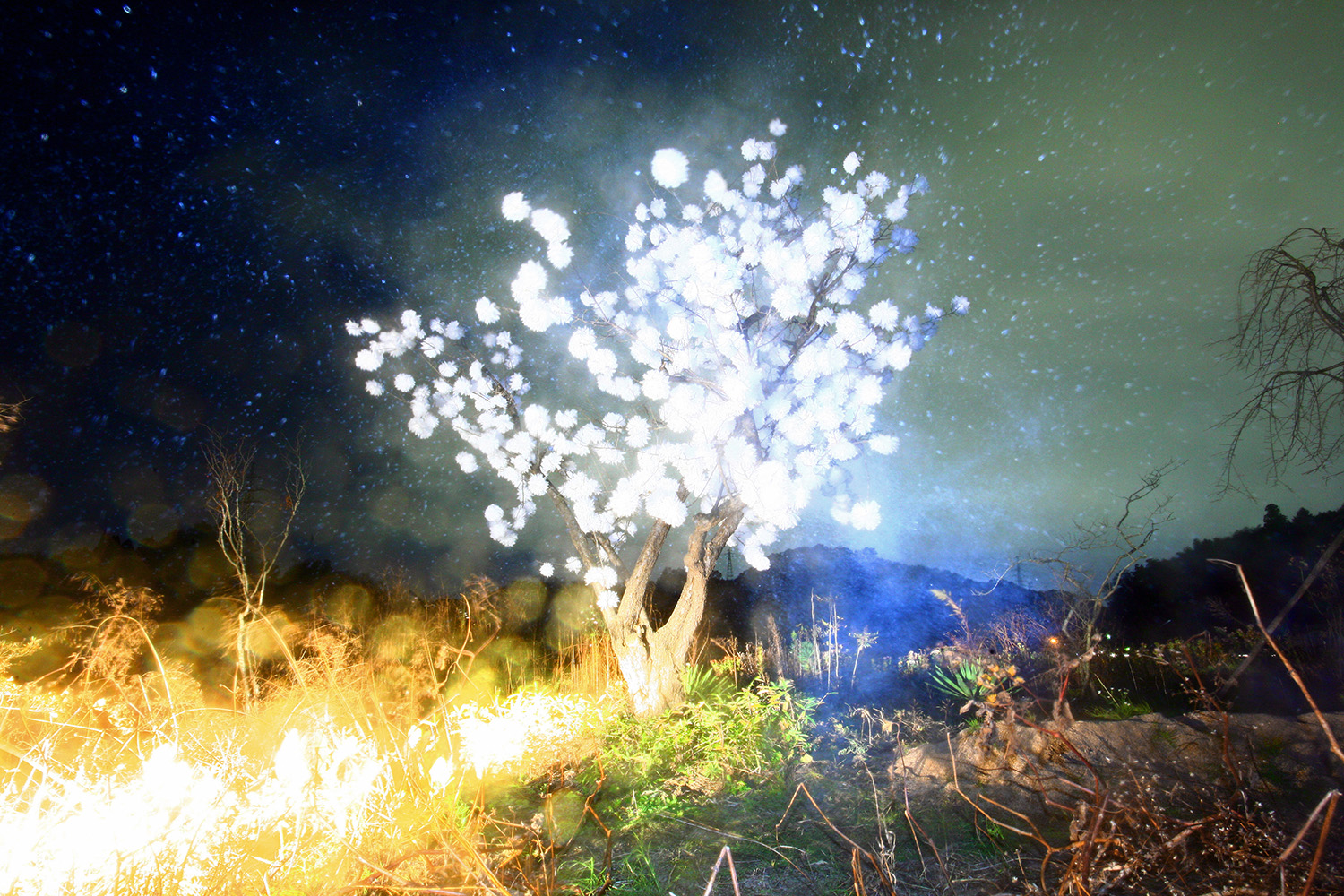
As the old expression “a canary in a coal mine” suggests, the small songbirds have long been a symbol of a type of early-detection system — a way of indicating something that might otherwise remain unknown. And just as the old coal mine canaries alerted miners to invisible gases and fumes, the camera is capable of capturing moments that might pass unrevealed, or undiscovered. The striking pictures in Japanese artist Lieko Shiga’s series, Canary — currently on display at the Fotografiemuseum Amsterdam FOAM — references this powerful metaphor with images that are not immediately recognizable, nor easily understood, but that are nevertheless laden with meaning.
The Amsterdam show is comprised of an extensive body of work first published as a book in 2007 — a book that has since become something of a classic among photobook collectors. The majority of images in Canary are utterly fantastical, bordering on the surreal: a giant animal skull in a room lit by mysterious blue light; a fireball writhing in midair; a woman floating above the half-naked body of a man lying in bed. Elaborate and visually arresting dreamscapes, the pictures’ effectiveness is largely achieved through an intriguing interplay between light and color. However, much of the work is also manipulated: relying on analog technologies, some negatives appear scratched while other effects appear to have been produced in the darkroom. The extent of this manipulation varies. As Shiga points out: “I always try to approach the subject in its own way.” The photographer’s methods, in other words, are dictated by the subject of the image, and not the other way around.
Perhaps because most of the images in the Canary series were produced at night or in dark, interior spaces, the work at-once possesses and exudes an unsettling, ambiguous aura. The viewer’s sense of stumbling upon another’s intensely personal dreamscape is heightened even further in the photos where the identity of the subject is disguised.
In “Restaurant Surtaj,” for instance, the details of a restaurant interior recede before the eerie presence of a woman whose face is obscured by a ghostly black presence. The photograph has the palpable sense of a half-remembered dream. The dreamer struggles to give shape to a dream — perhaps even recalling the table number in a restaurant — but can not bring into focus the face of her dinner companion.
Shiga’s work is strongly reminiscent of the black and white photography of Masatoshi Naito. In his classic project, Tono-Monogatari, from 1983, Naito interrogates the complex relationship between mysticism, spirituality and Japanese folklore in a striking series of nocturnal landscapes and portraits. By manipulating the photographic negative or print, however, Shiga also points to the inherent vulnerability of the human body. If not suspended, as it were, in Shiga’s imagination, many of her subjects would fall, collapse or drown, simply as a consequence of the laws of physics.
The emphasis on the body perhaps relates to Shiga’s past experience as a dancer, which she practiced before teaching herself photography. Rather than depicting or documenting a recognizable physical world, however, Shiga instead employs photography as a means of choreographing an emotionally and psychologically complex inner landscape.
Lieko Shiga is a Japanese fine-art photographer.
Marco Bohr is a photographer and writer based in London. He maintains the Visual Culture blog.
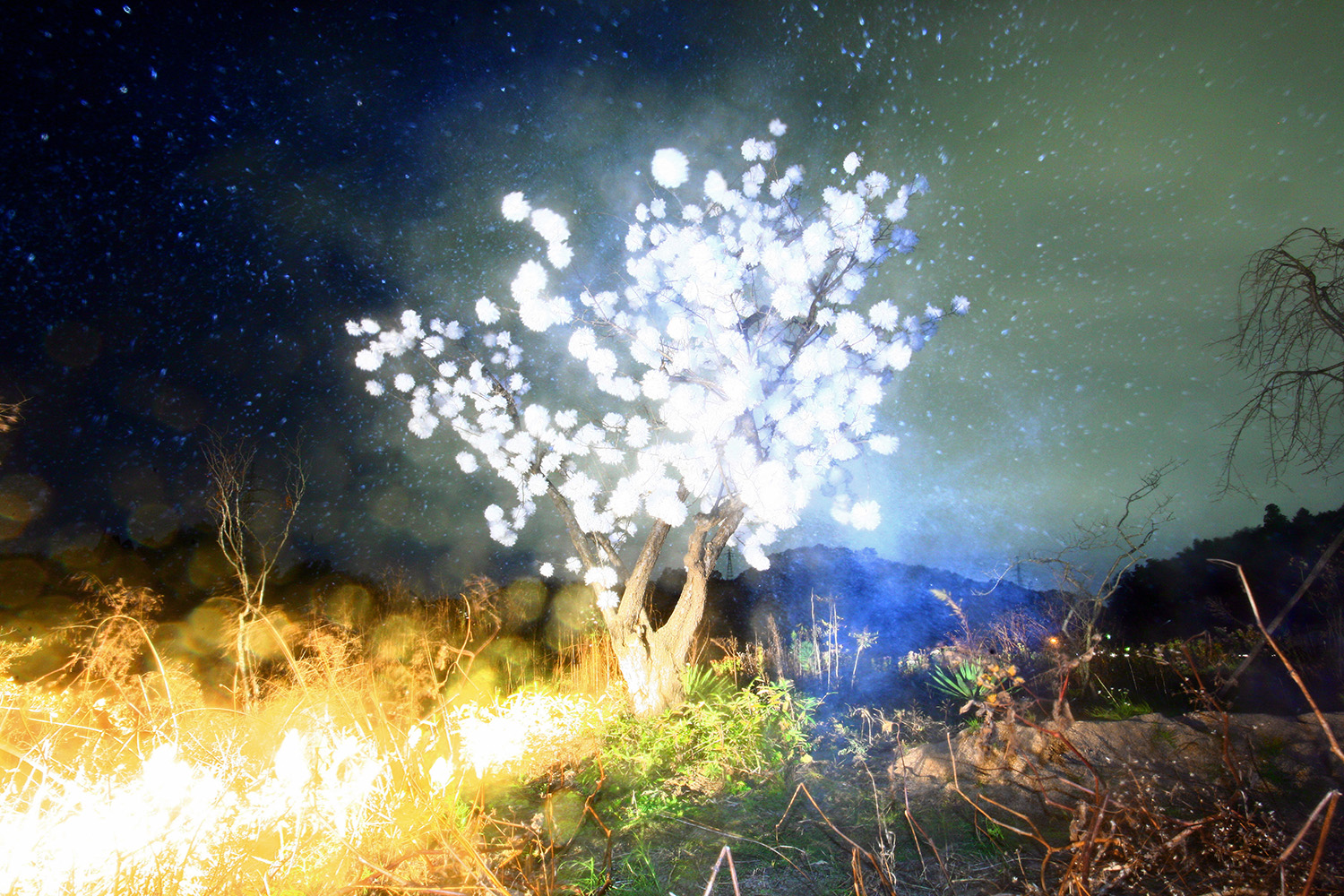
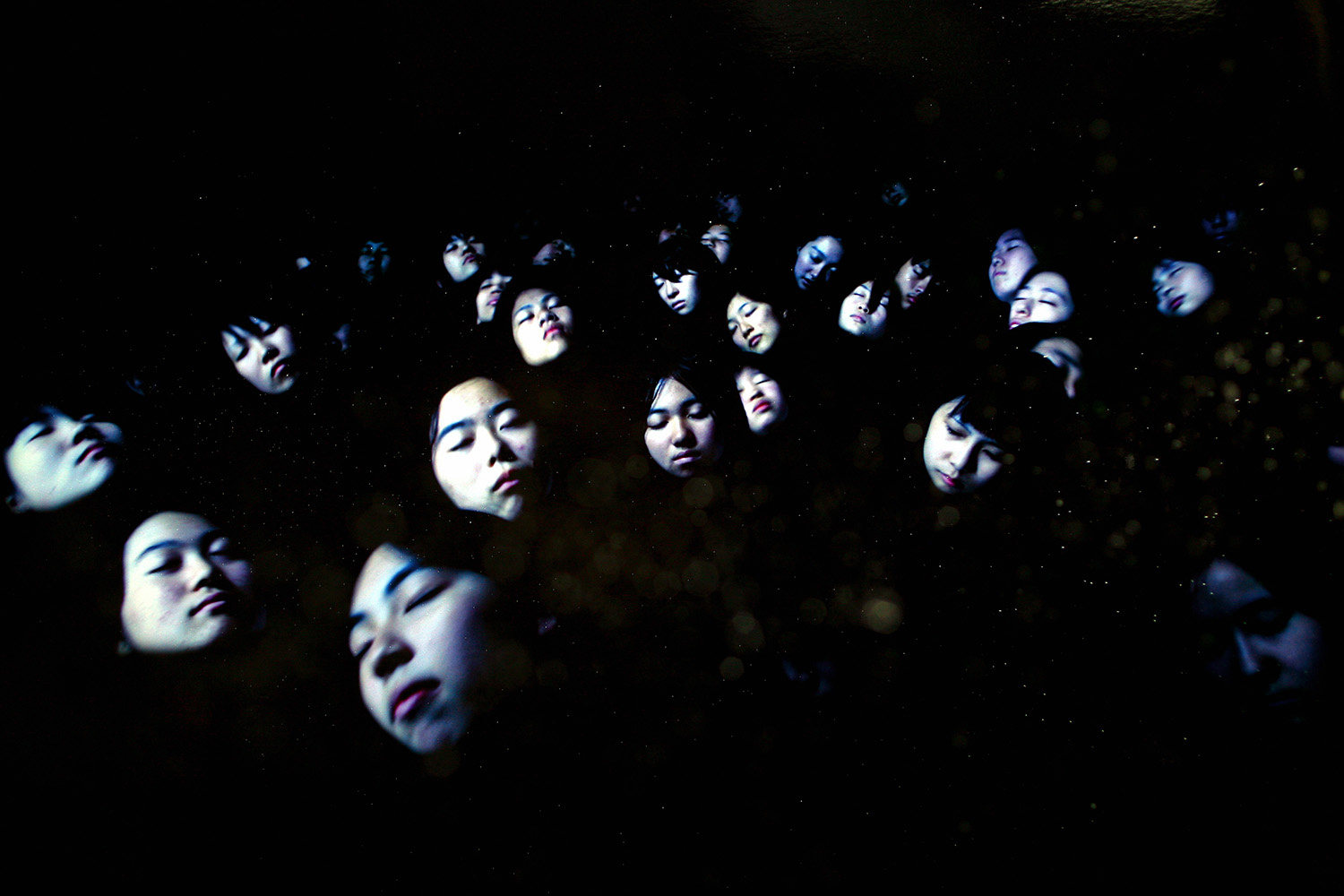
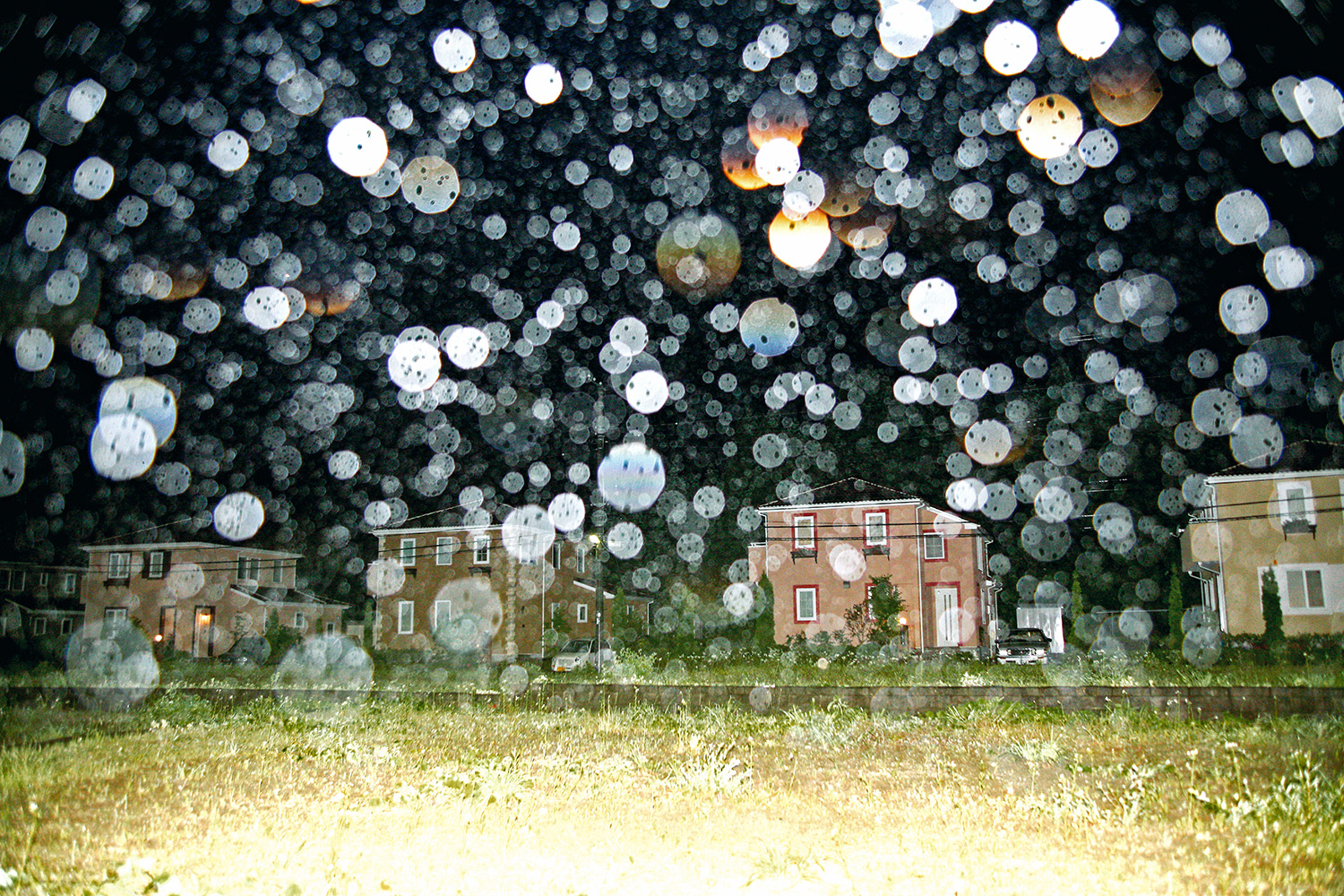

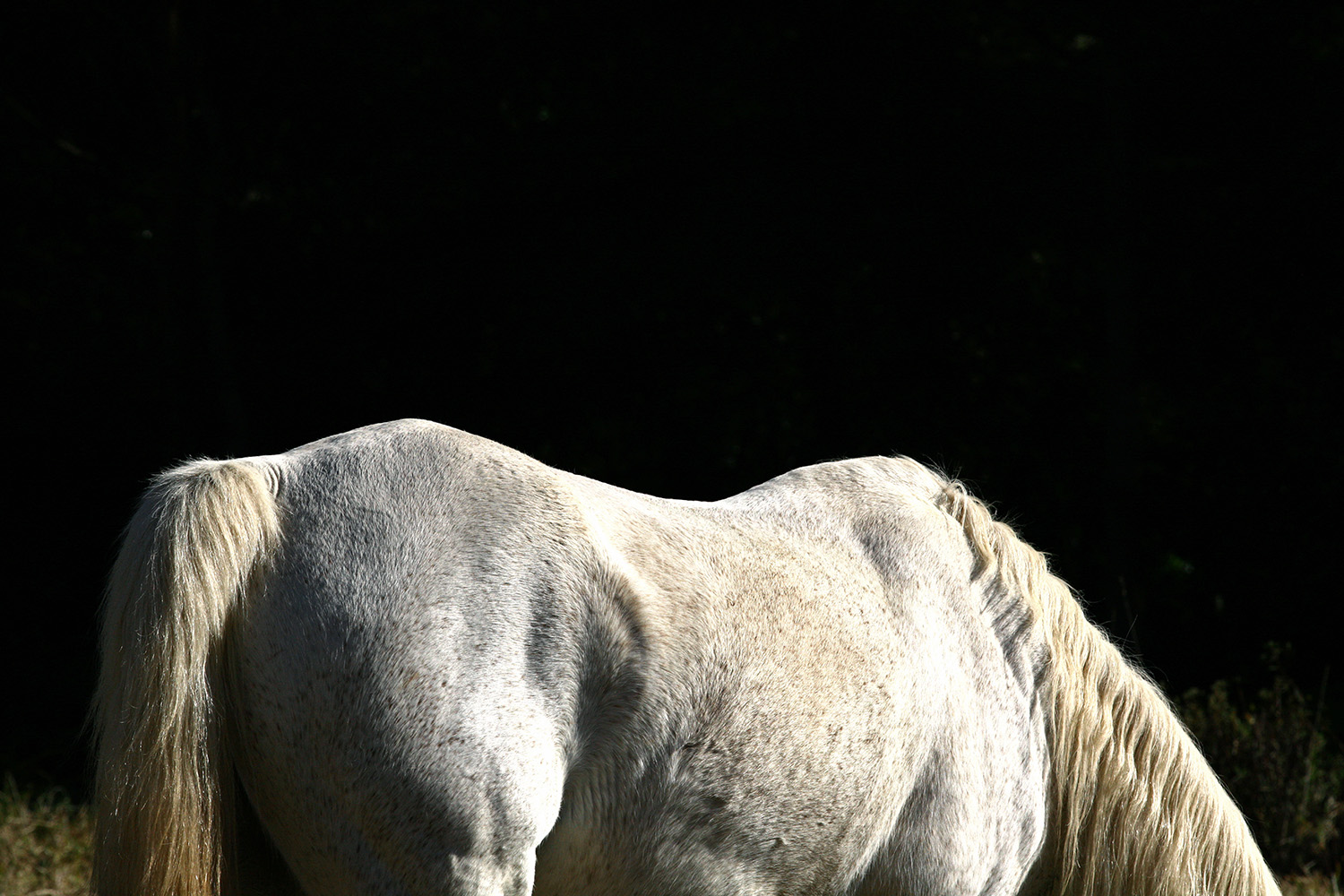


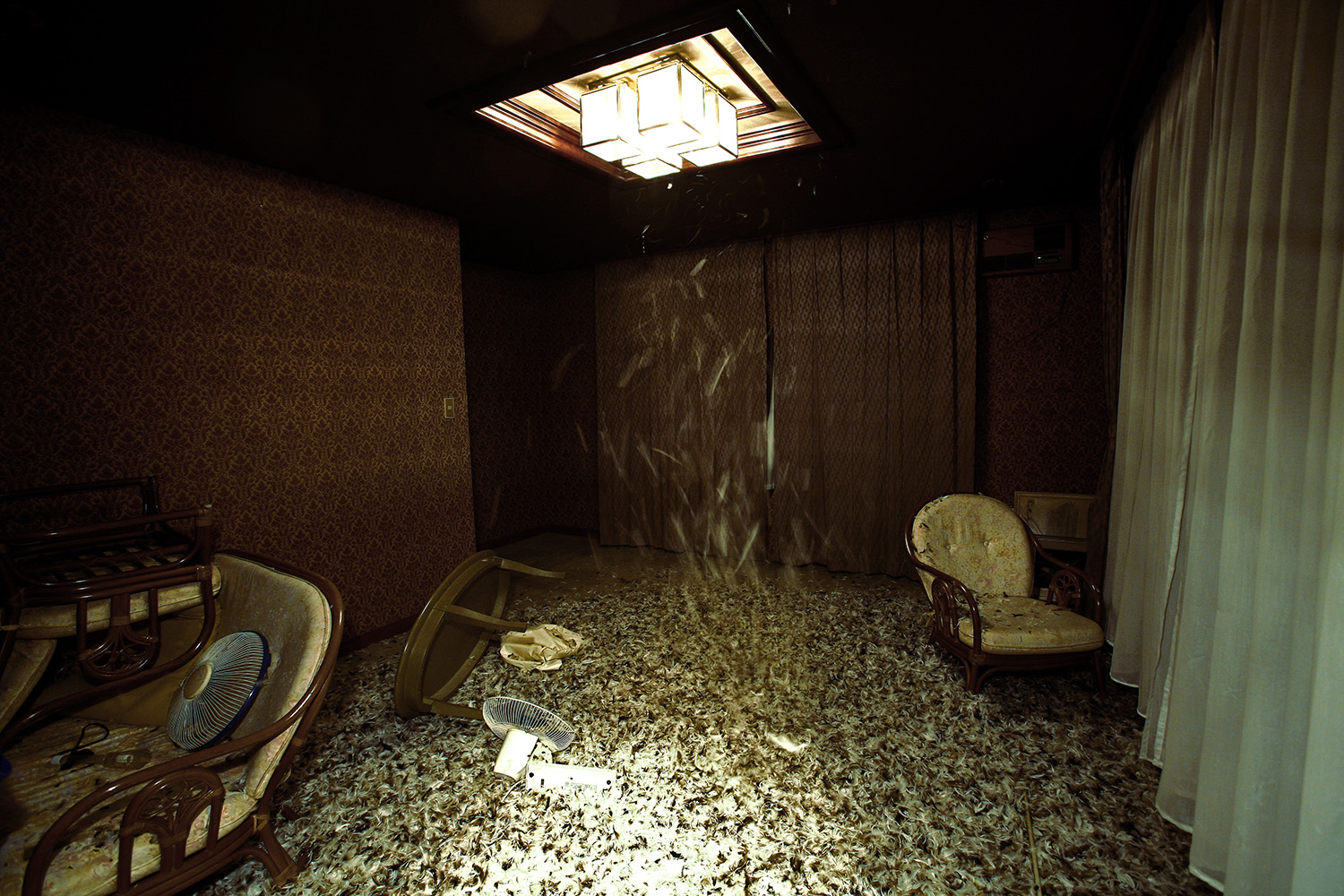
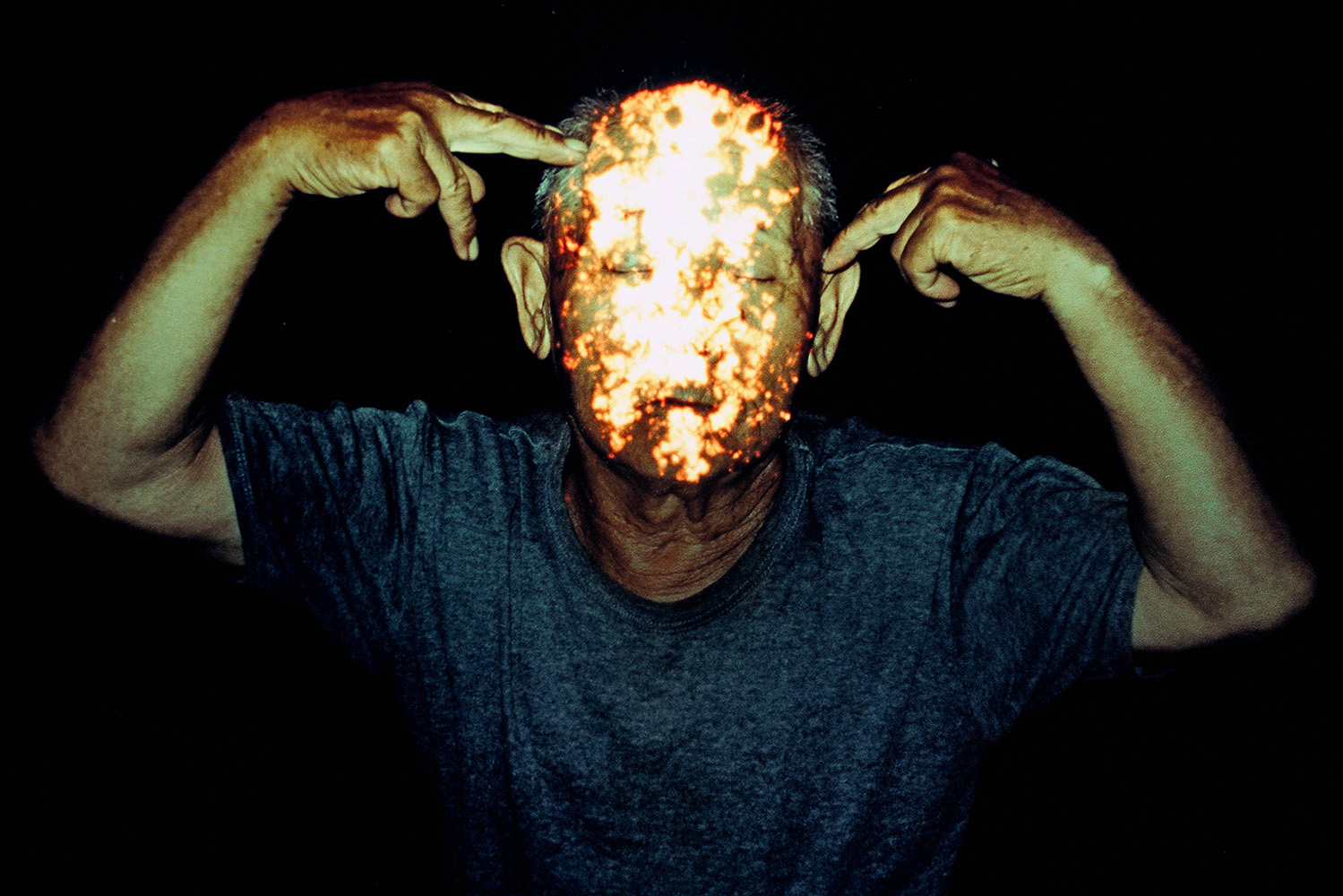

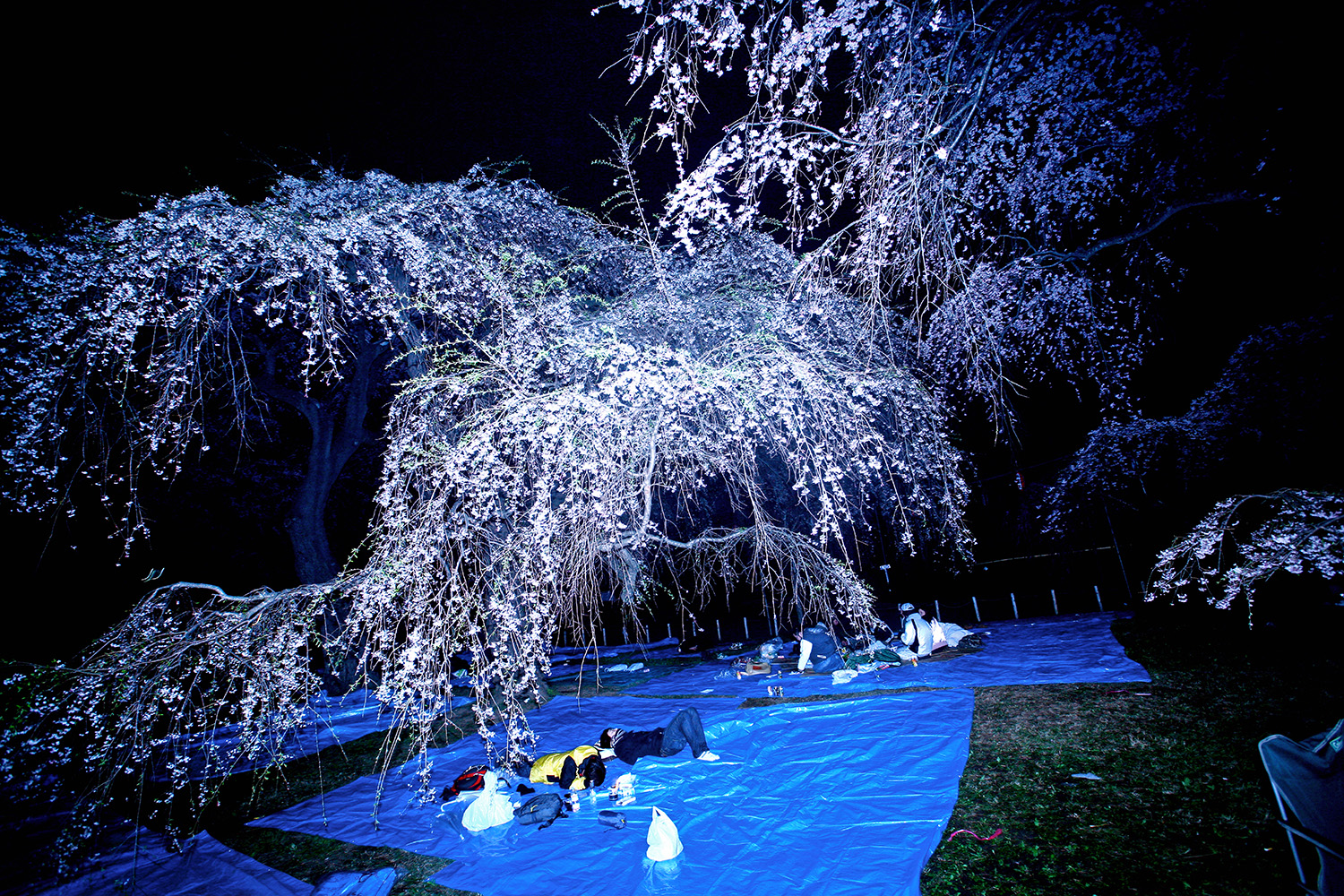
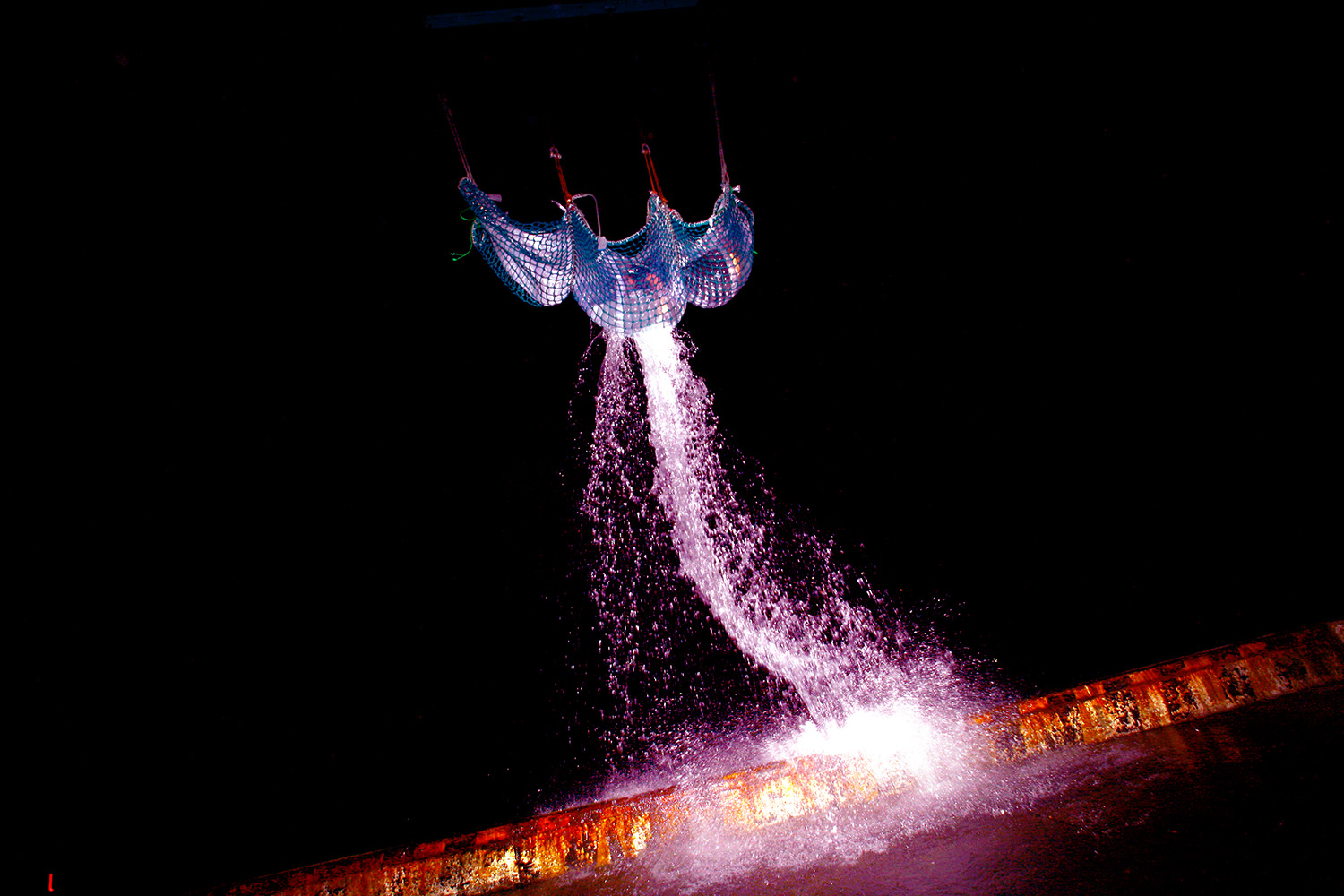

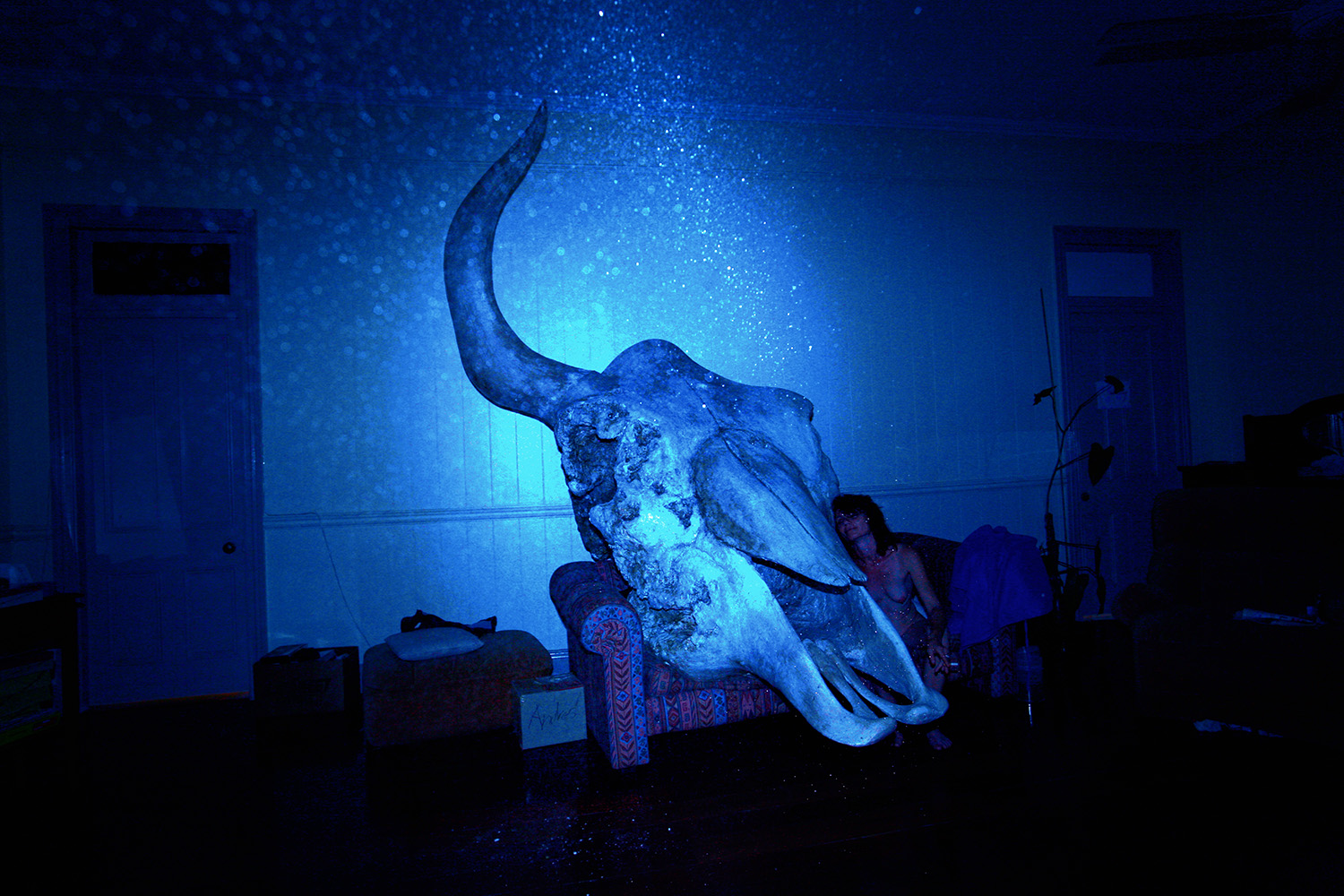
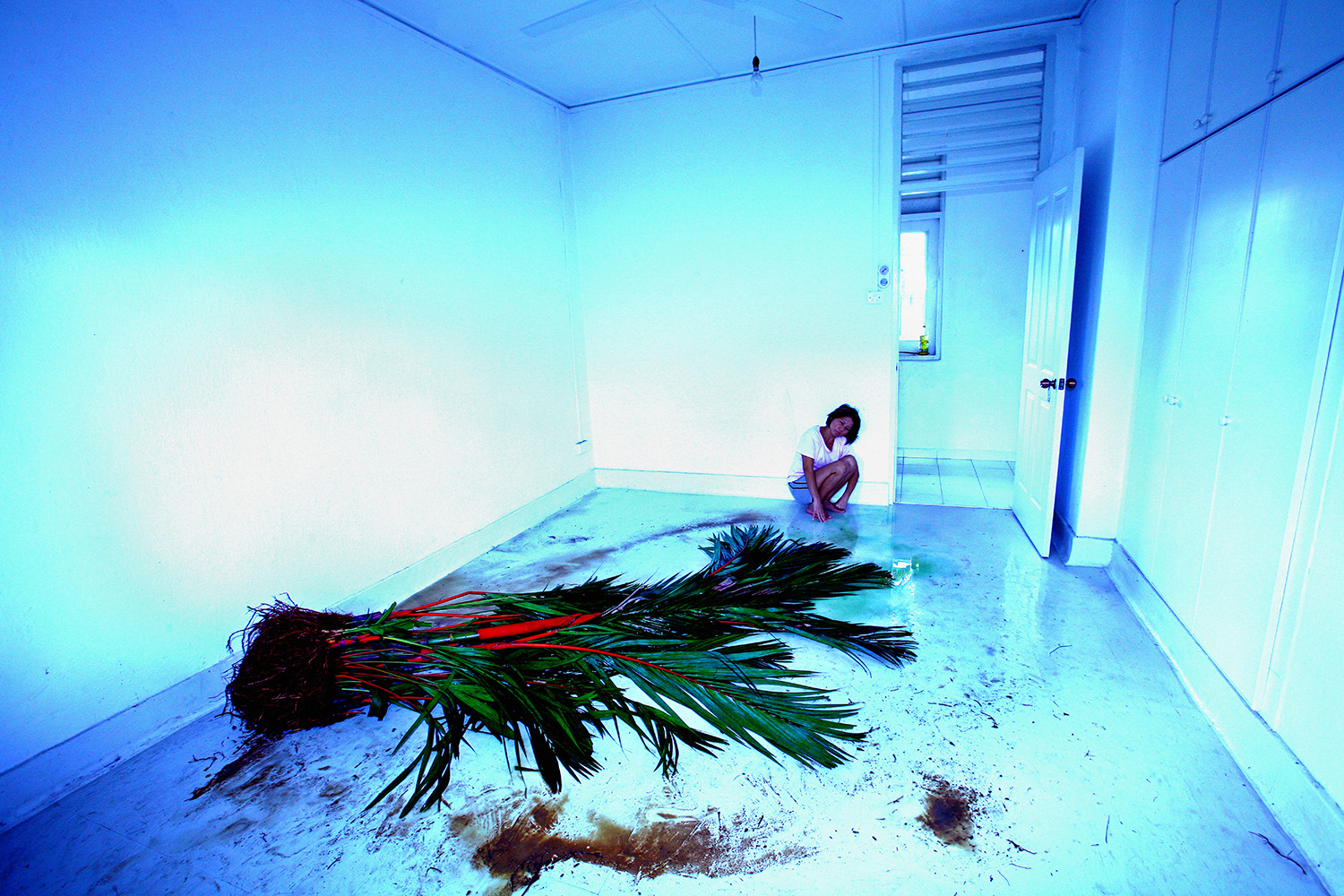
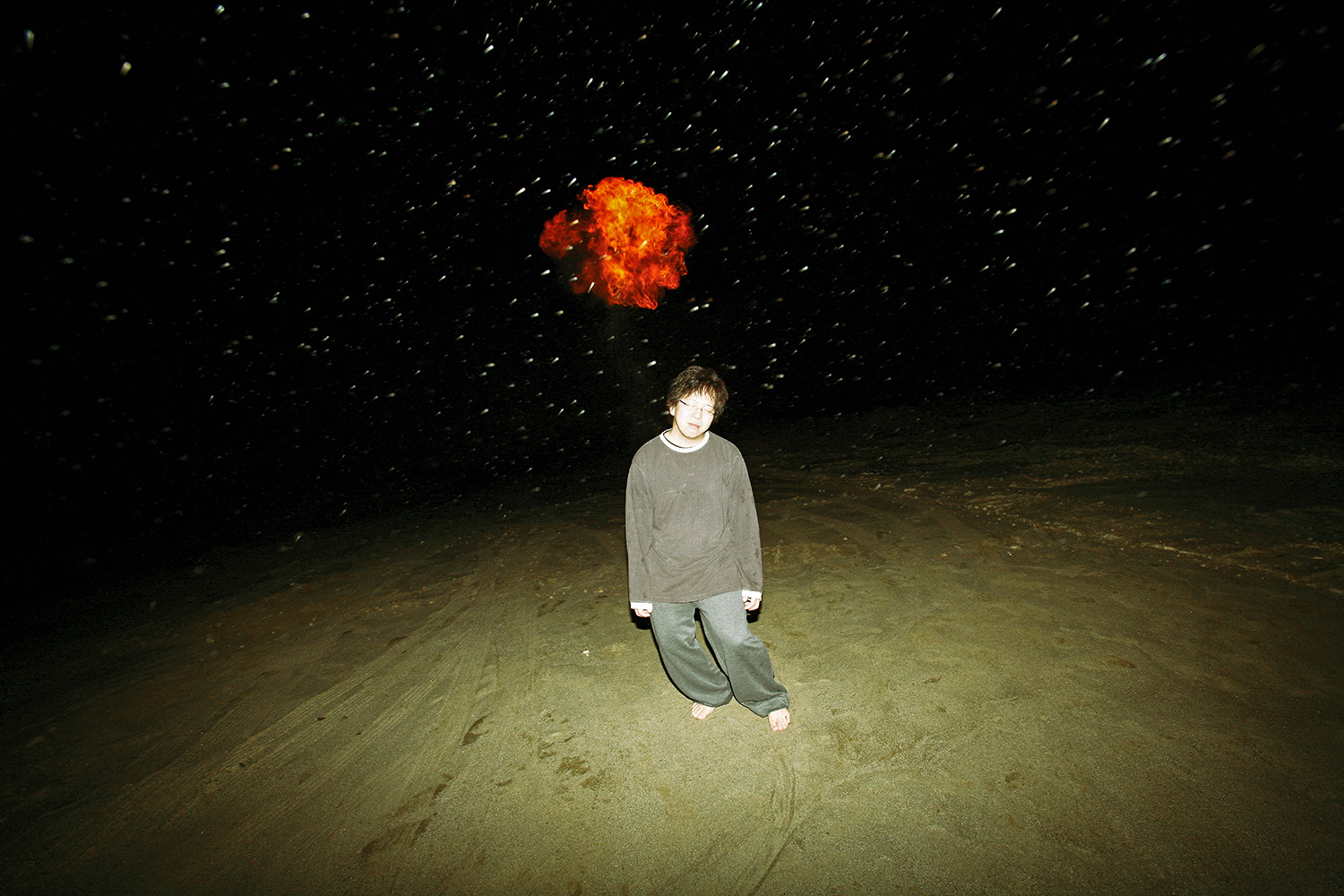
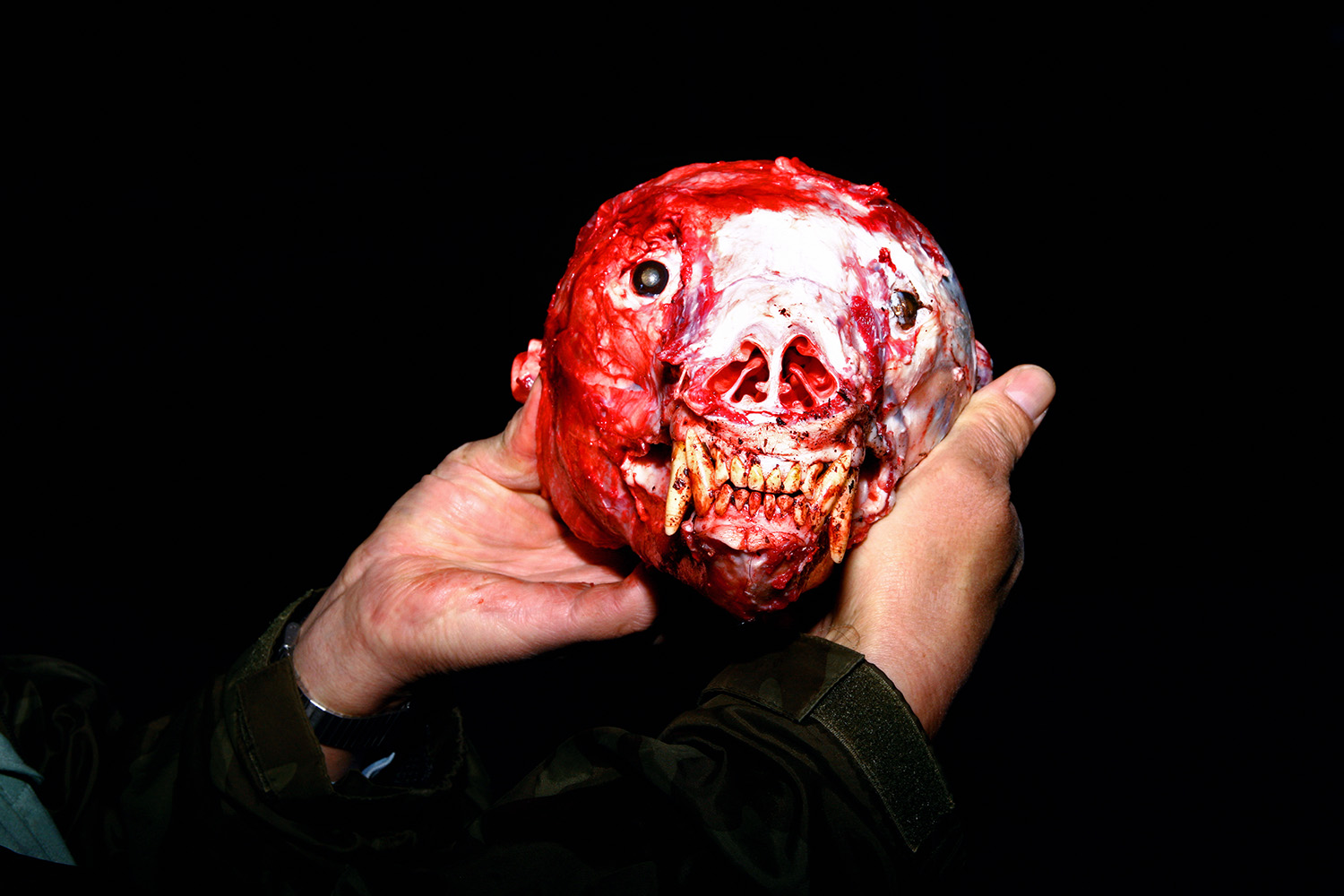


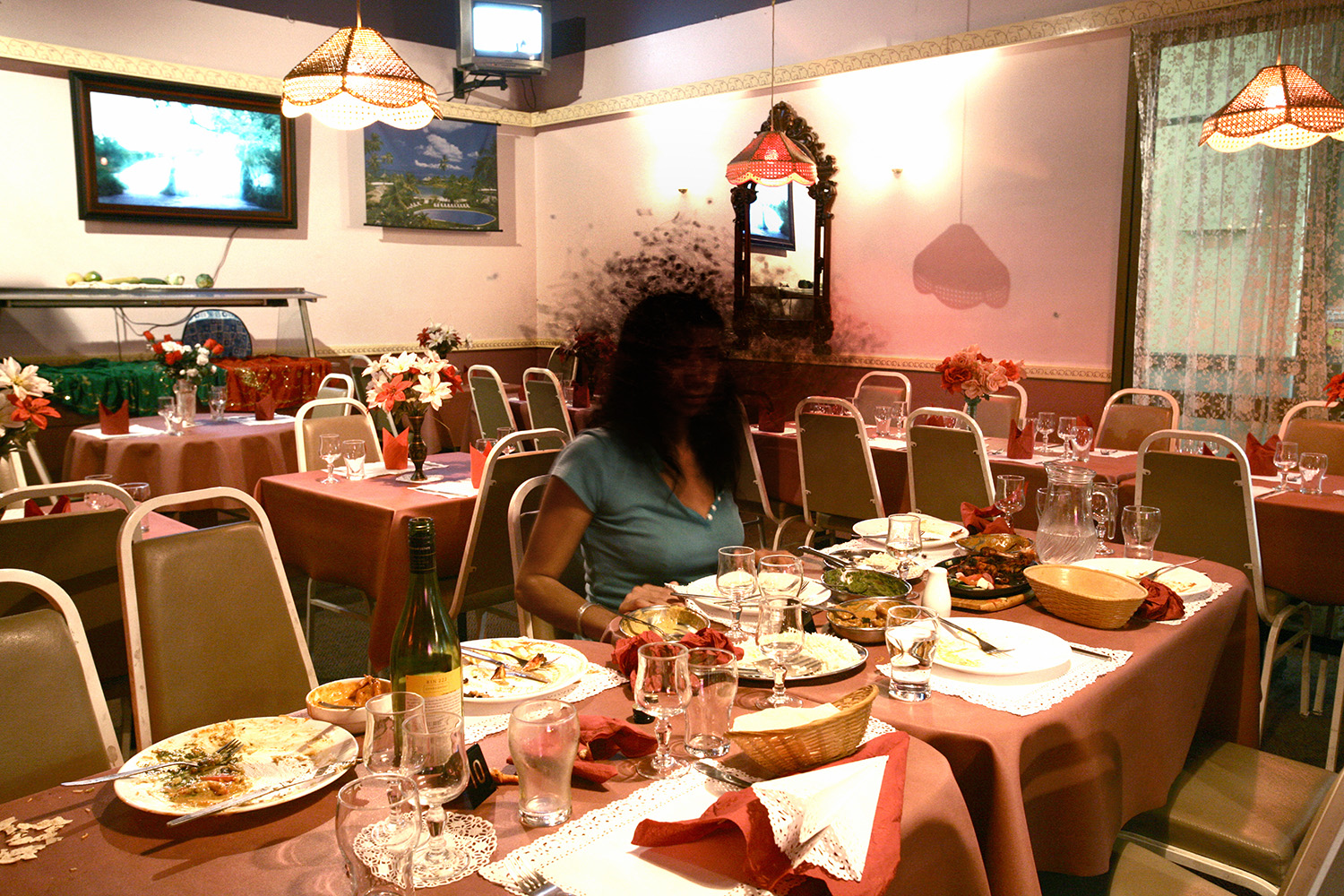

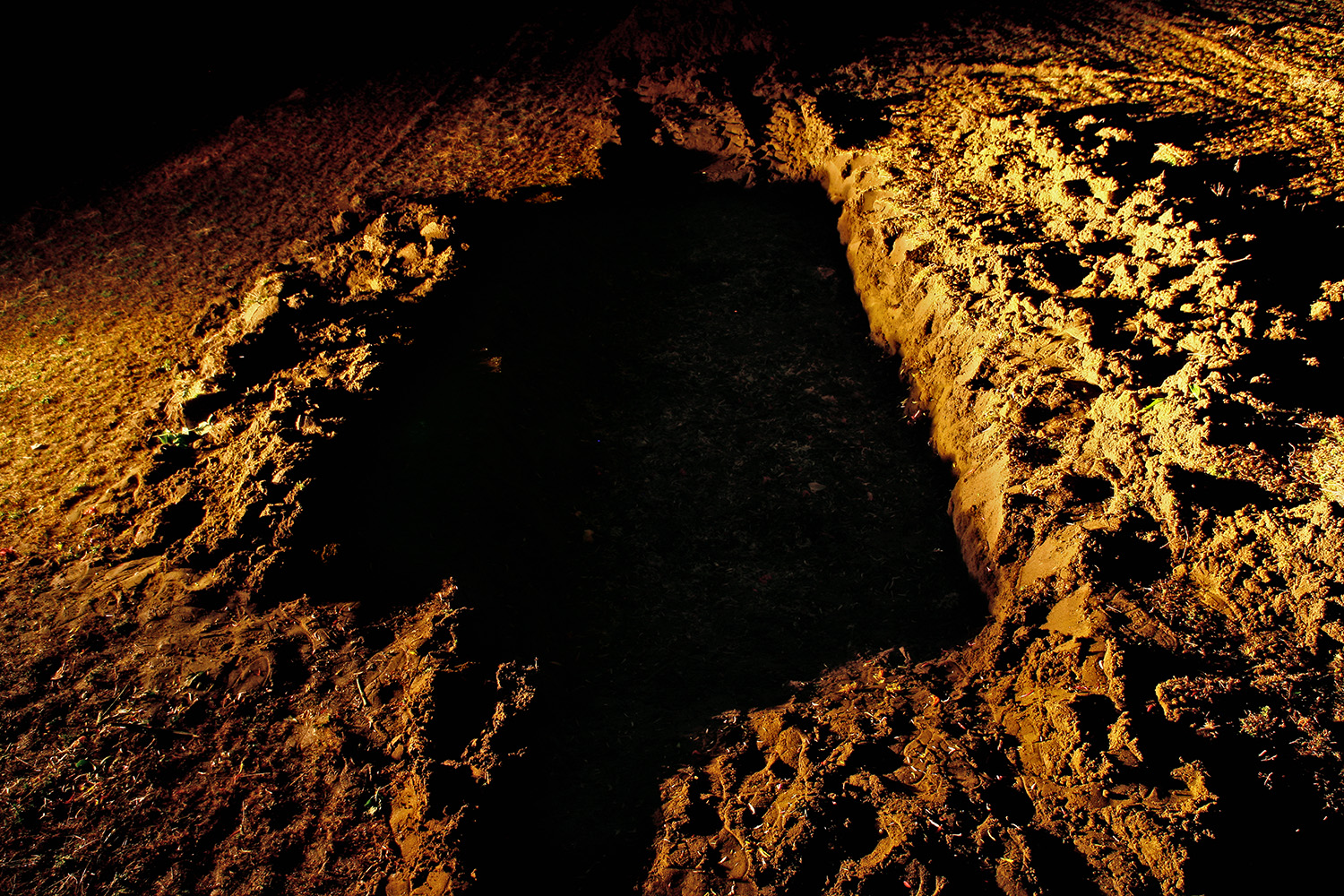
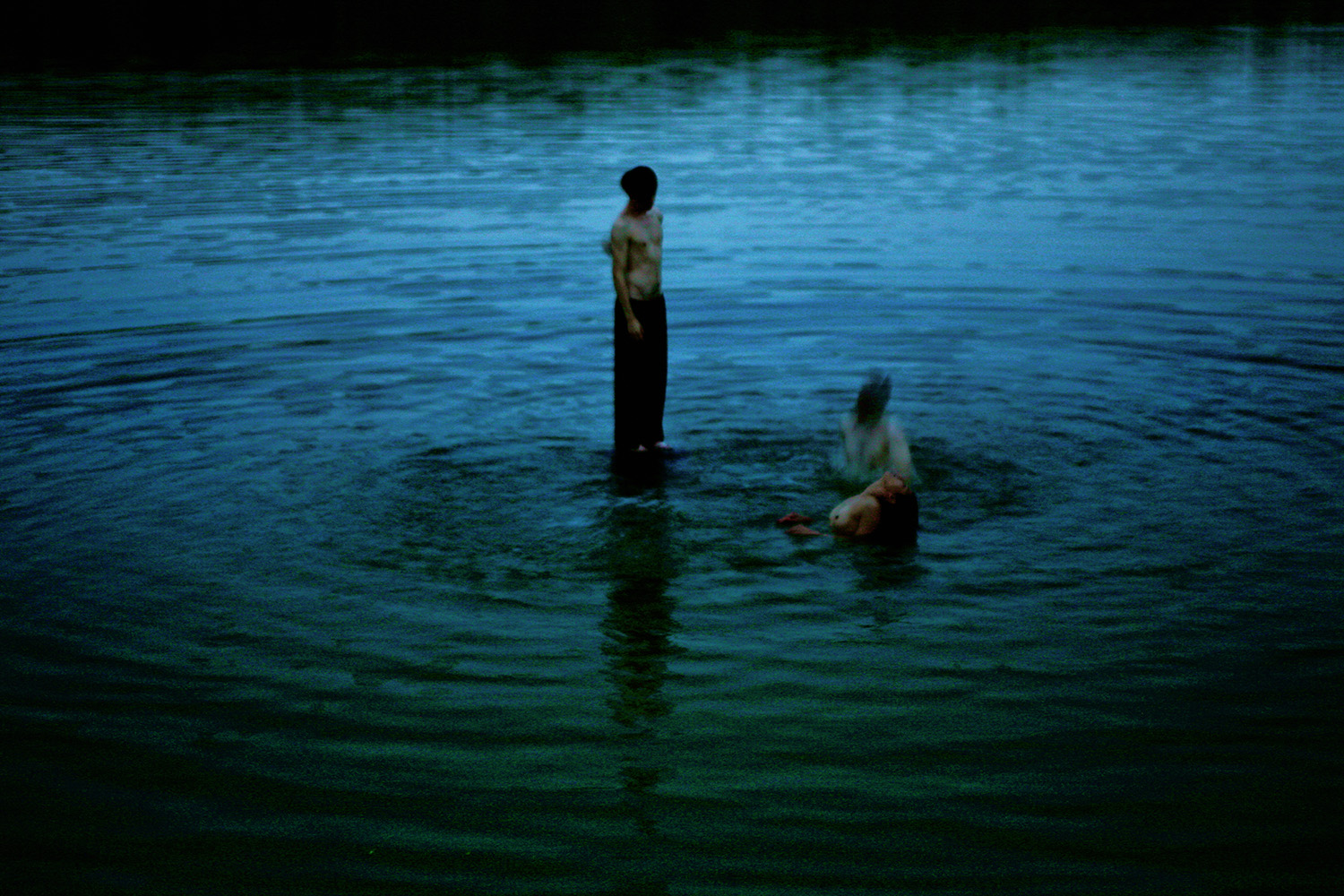
More Must-Reads from TIME
- Donald Trump Is TIME's 2024 Person of the Year
- Why We Chose Trump as Person of the Year
- Is Intermittent Fasting Good or Bad for You?
- The 100 Must-Read Books of 2024
- The 20 Best Christmas TV Episodes
- Column: If Optimism Feels Ridiculous Now, Try Hope
- The Future of Climate Action Is Trade Policy
- Merle Bombardieri Is Helping People Make the Baby Decision
Contact us at letters@time.com